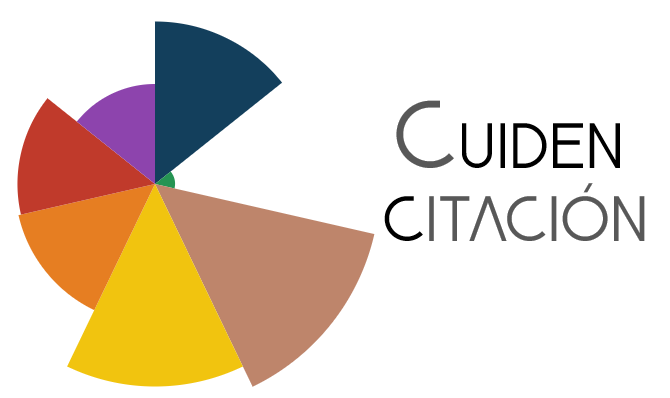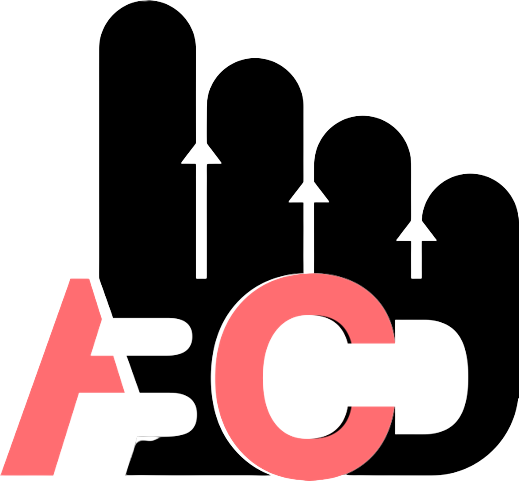Meanings and actions inferred by nurses for minimizing medication errors in pediatrics
DOI:
https://doi.org/10.15253/2175-6783.20222378524Keywords:
Nurses; Medication Errors; Pediatrics; Qualitative Research.Abstract
Objective: to understand the meanings and actions inferred by nurses to minimize the error in the administration of medications in pediatrics. Methods: a qualitative study anchored in Symbolic Interactionism. Data were collected through semi-structured interviews with 11 nurses, who attributed the meanings and their actions to reduce medication errors in Pediatrics. The content analysis was composed of pre-analysis, exploration, treatment and interpretation of data. Results: three categories emerged: Individual actions (planning, attention, communication and application of the checklist in the use of the “right ones”); Multi-professional and organizational interactions (teamwork, automated system, staff dimensioning, double-checking in checking medications, professional articulation, organizational actions, institutional policies and communication) and Continuing education strategies (training and capacity building). Conclusion: technical aspects, work dynamics, need for updating, attitudes related to individual actions, multi-professional interactions, organizational and continuing education were meanings and actions inferred by nurses for the minimization of the error in medication administration in Pediatrics. Contributions to practice: it is necessary that the topic of medication administration be a continuous point in the permanent education programs in the health services in order to guarantee the minimization of errors and thus promote greater safety for users.
References
The Joint Commission International. National Patient Safety Goals® Effective January 2022 for the Hospital Program [Internet]. 2021 [cited Apr 10, 2022]. Available from: https://www.jointcommission.org/-/media/tjc/documents/standards/national-patient-safety-goals/2022/npsg_chapter_hap_jan2022.pdf
Silva MFB, Santana JS. Erro na administração de medicamentos pelos profissionais de enfermagem. Arq Catarin Med [Internet]. 2018 [cited Apr 10, 2022];47(4):146-54. Available from: http://www.acm.org.br/acm/seer/index.php/arquivos/article/view/359
Cancino KD, Arias M, Caballero E, Escudero E. Development of a safe drug administration assessment instrument for nursing students. Rev Latino-Am Enfermagem. 2020;28:e3246. doi: https://doi.org/10.1590/1518-8345.2989.3246
D’Errico S, Zanon M, Radaelli D, Padovano M, Santurro A, Scopetti M, et al. Medication errors in pediatrics: proposals to improve the quality and safety of care through clinical risk management. Front Med (Lausanne). 2022;8:814100. doi: https://doi.org/10.3389/fmed.2021.814100
Quintero AFV, Amariles P, Henao NR, Granados J. Medication errors in pediatrics. Andes Pediatr. 2021;92(2):288-297. doi: https://doi.org/10.32641/andespediatr.v92i2.1357
Mieiro DB, Oliveira EBC, Fonseca REP, Mininel VA, Mascarenhas SHZ, Machado RC. Strategies to minimize medication errors in emergency units: an integrative review. Rev Bras Enferm. 2019;72(Suppl 1):307-14. doi: https://doi.org/10.1590/0034-7167-2017-0658
Benzies KM, Allen MN. Symbolic interactionism as a theoretical perspective for multiple method research. J Adv Nurs. 2001;33(4):541-7. doi: https://doi.org/10.1046/j.1365-2648.2001.01680.x
Bardin L. Análise de conteúdo. Lisboa: Edições 70; 2016.
Macêdo GGC, Oliveira-Figueirêdo DST, Andrade LL, Carvalho MAP. Factors related to the knowledge of nursing professionals about pharmacovigilance. Rev Rene. 2020;21:e44118. doi: https://doi.org/10.15253/2175-6783.20202144118
Jember A, Hailu M, Messele A, Demeke T, Hassen M. Proportion of medication error reporting and associated factors among nurses: a cross sectional study. BMC Nurs. 2018;17:9. doi: https://doi.org/10.1186/s12912-018-0280-4
Rosen MA, Granados DD, Dietz AS, Benishek LE, Thompson D, Pronovost PJ, et al. Teamwork in Healthcare: Key discoveries enabling safer, high-quality care. Am Psychol. 2018;73(4):433-50. doi: https://doi.org/10.1037/amp0000298
Koyama AK, Maddox CS, Li L, Bucknall T, Westbrook JI. Effectiveness of double checking to reduce medication administration errors: a systematic review. BMJ Qual Saf. 2020;29(7):595-603. doi: https://doi.org/10.1136/bmjqs-2019-009552
Santos PRA, Rocha FLR, Sampaio CSJC. Actions for safety in the prescription, use and administration of medications in emergency care units. Rev Gaúcha Enferm. 2019;40(esp):e20180347. doi: https://doi.org/10.1590/1983-1447.2019.20180347
Carvalho MF, Marques JM, Marta CB, Peregrino AAF, Schutz V, Silva RCL. Effectiveness of the automated drug dispensing system: systematic review and meta-analysis. Rev Bras Enferm. 2020;73(5):e20180942. doi: https://doi.org/10.1590/0034-7167-2018-0942
Vicente C, Amante LN, Sebold LF, Girondi JBR, Martins T, Salum NC, et al. Nursing staffing in a surgical hospitalization unit: a descriptive study. Cogitare Enferm. 2021;26:e72640. doi: https://doi.org/10.5380/ce.v26i0.72640
Moraes RMR, Nishiyama JAP, Báo ACP, Costa FM, Aldabe LN, Oliveira JLC. Sizing of nursing staff in clinical, surgical ad pediatric hospitalization units. Texto Contexto Enferm. 2021;30:e20200377. doi:https://doi.org/10.1590/1980-265X-TCE-2020-0377
Tase TH, Quadrado ERS, Tronchin DMR. Evaluation of the risk of misidentification of women in a public maternity hospital. Rev Bras Enferm. 2018;71(1):120-5. doi: https://doi.org/10.1590/0034-7167-2017-0134
Michalek C, Carson SL. Implementing barcode medication administration and smart infusion pumps is just the beginning of the safety journey to prevent administration errors. Farm Hosp. 2020;44(3):114-21. doi: http://doi.org/10.7399/fh.11410
Bettanin FSM, Rodrigues JC, Bacci MR. Permanent health education as an instrument for assistance quality. Braz J Develop. 2020;6(7):42986-92. doi: https://doi.org/10.34117/bjdv6n7-060
Tavares APC, Leite BS, Silveira IA, Santos TD, Brito WAP, Camacho ACLF. Analysis of Brazilian publications on distance education in nursing: integrative review. Rev Bras Enferm. 2018;71(1):214-22. doi: https://doi.org/10.1590/0034-7167-2016-0454










